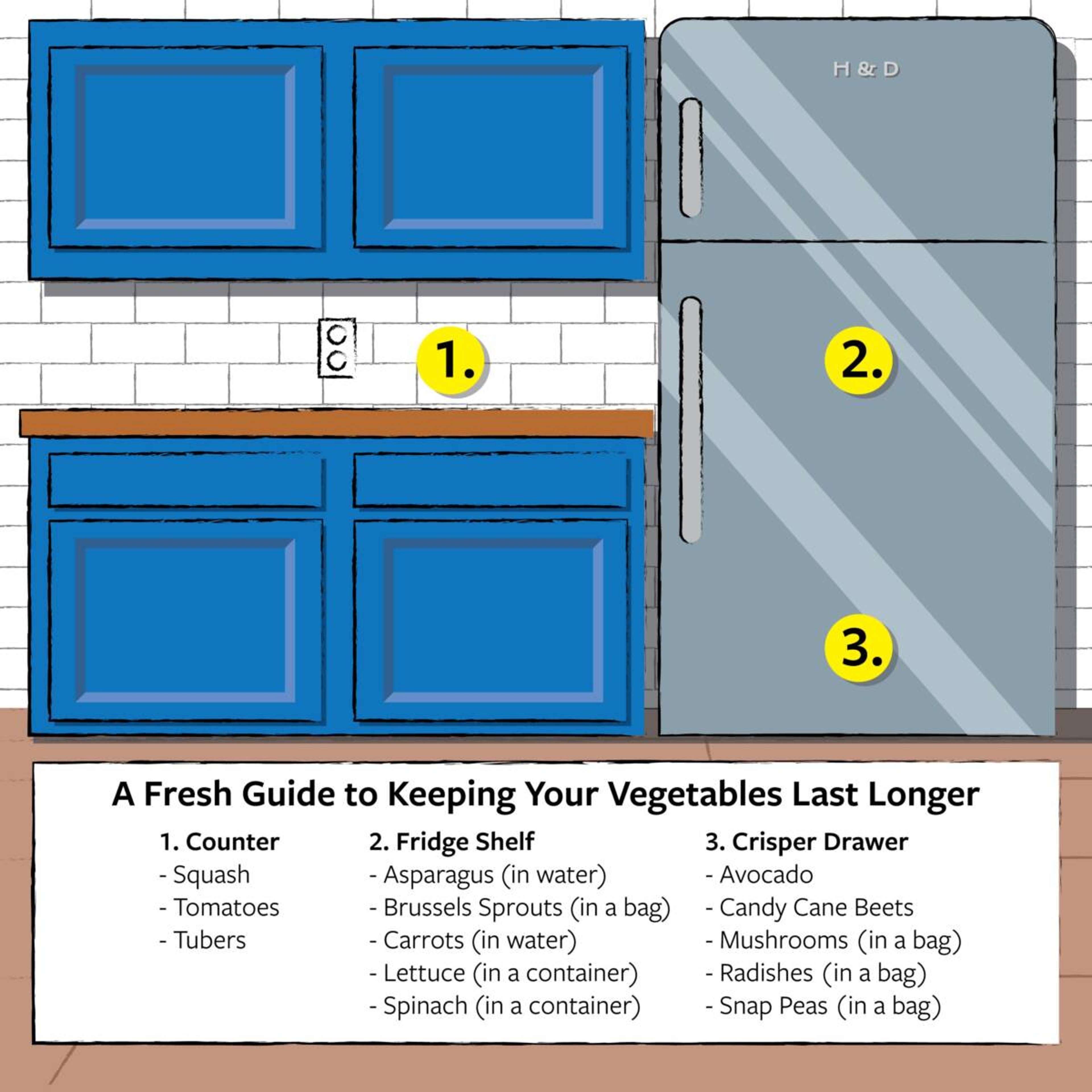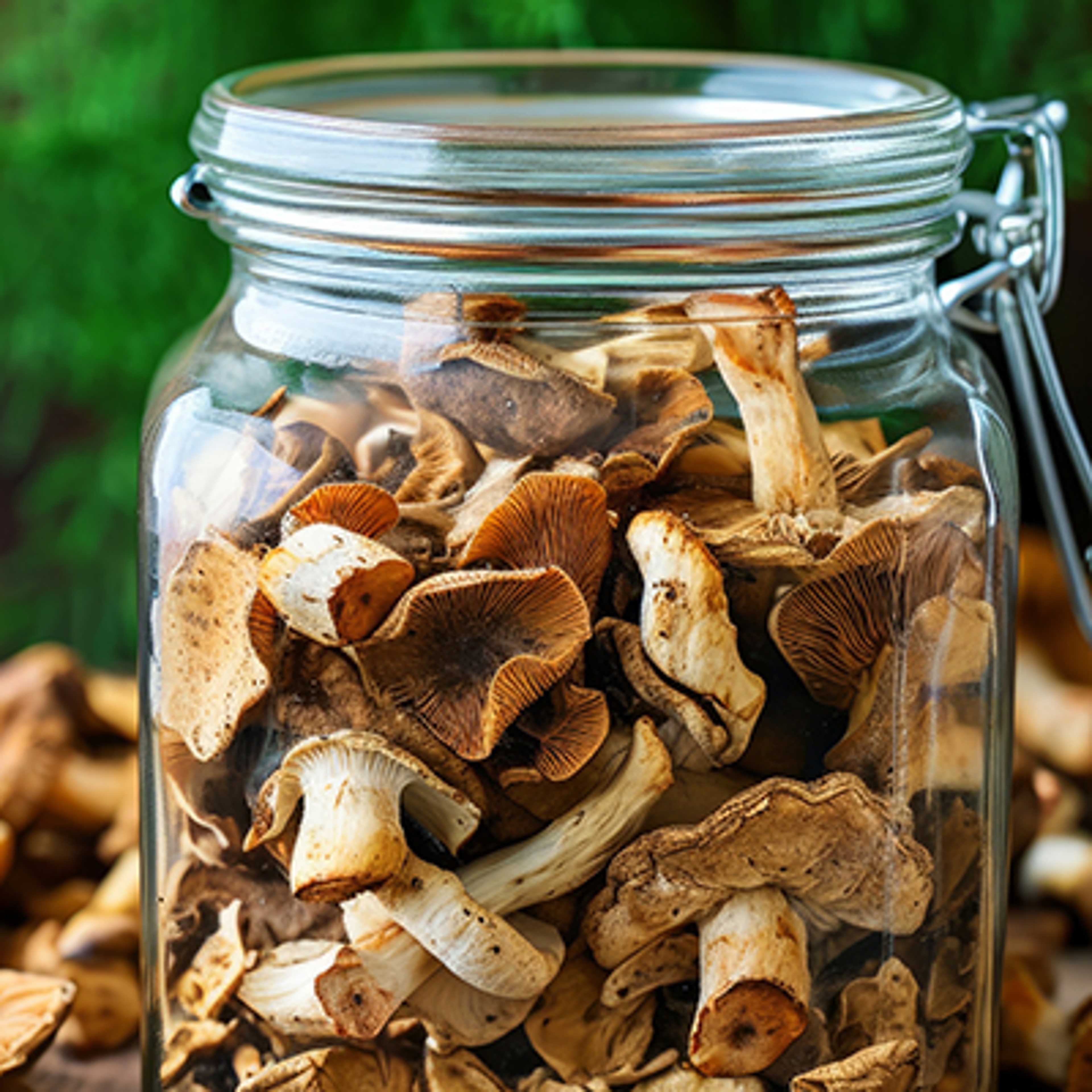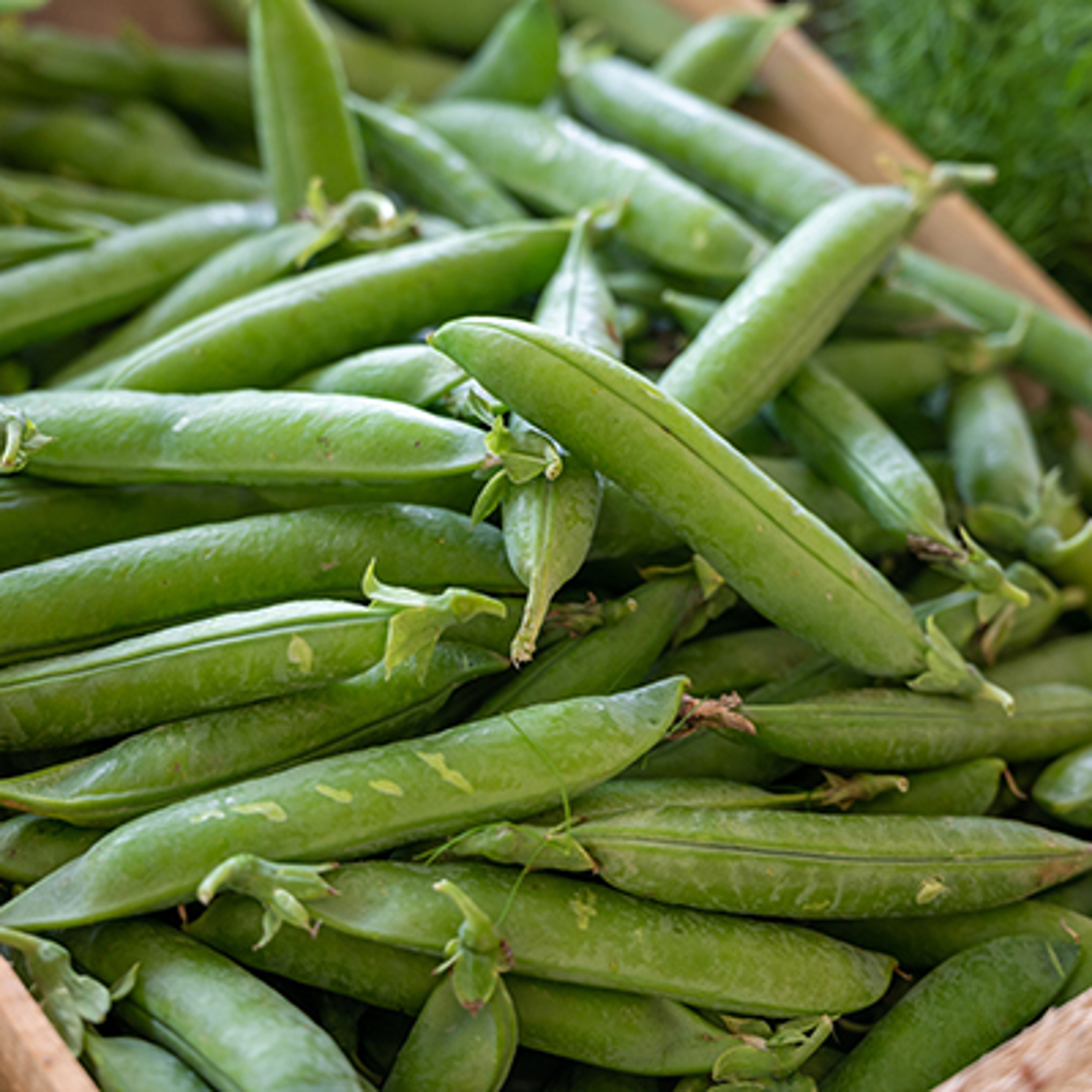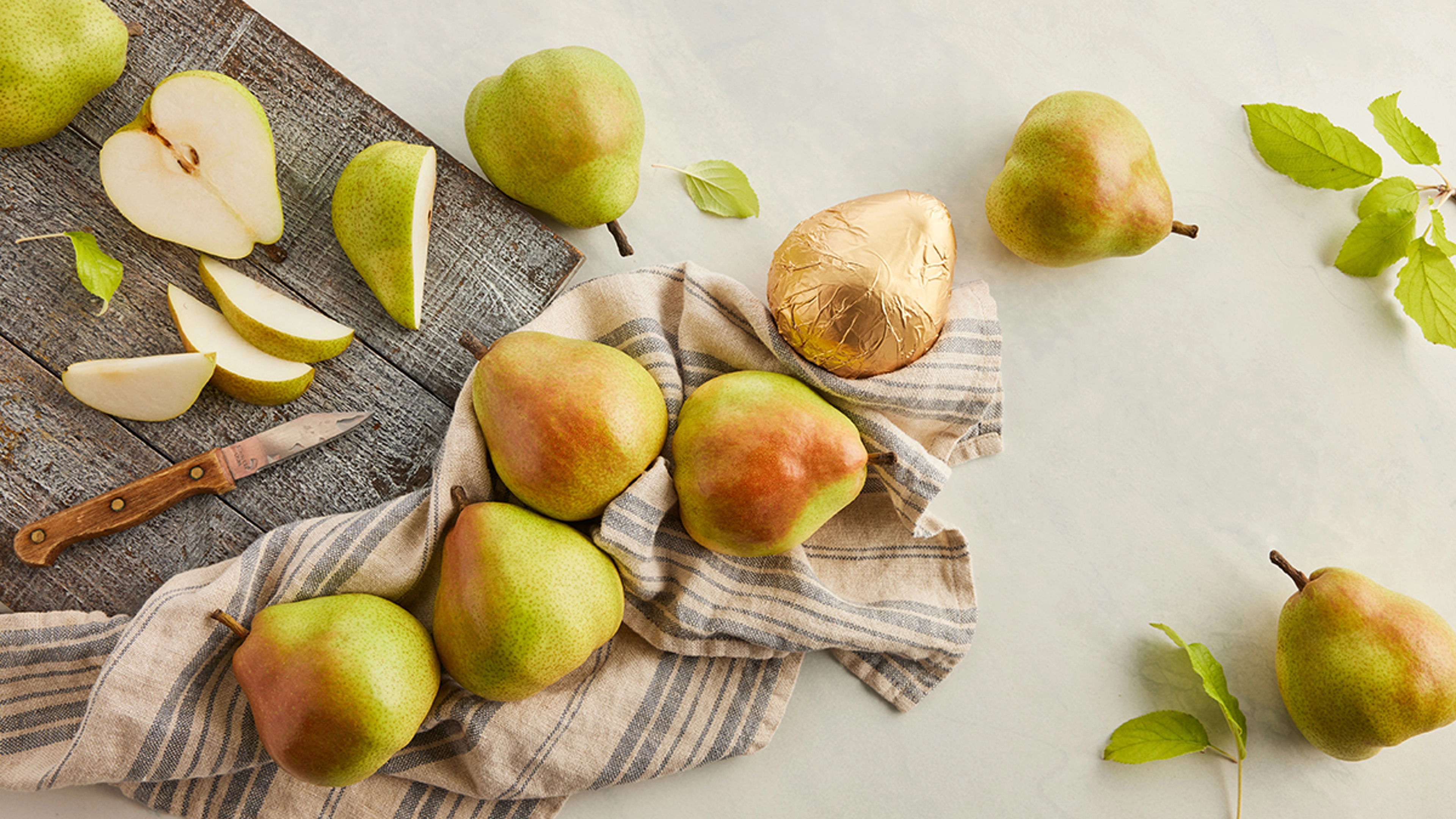A Fresh Guide to Keeping Your Vegetables Last Longer
You know how good veggies are for you — so give them the best chance to do their job.
Feb 15, 2024
Vegetables, unlike fruit, tend to be ripe when they're sold, giving them a big advantage over their produce department counterparts. That means that there's usually less need to store veggies on a window sill or in that infamous refrigerator crisper drawer, like you might pears or a bunch of bananas.
Just the same, if you're not eating them the day of purchase, you will want to store them in a place where'll they maintain peak ripeness. Here's how to extend vegetables' shelf life so they'll still be in prime condition when you're ready to eat them.

RELATED: How to Keep Fruit Fresh Longer
In the fridge
Asparagus
Know ripe from wrong: The ripe stalk should appear rich green, softly fading to white at its base. And given that no little blue pills exist for veggies, a wilted stalk cannot be saved.
Keeping them fresh: Store asparagus in the fridge. Keep the stalks moist by either wrapping them with a damp paper towel or storing them upright in a bowl or glass of cold water. Go the glass/bowl of water route and you can double the lifespan, from up to five days to as many as 10.
Gas factor: Such strong, secure stalks. And yet...gas sensitive.
Parting is such sweet sour: Signs it's gone bad: dark or black tips — and mushy at that; fading-colored stalks, and wilted at that. And, of course, other telltale signs: mold and a bad smell.
Avocados
Know ripe from wrong: Avocados break most of the rules when it comes to signs of ripeness. (We're also breaking a rule calling them vegetables since, biologically, they're a fruit.) Rather than bright green skin, here you're looking for nearly black skin. And you're not searching for smooth skin but rather bumpy. One normal trait: Squeeze it, and it will feel firm, but with a little give.
Keeping them fresh: They'll do fine for a few days in the fridge crisper drawer set at low humidity.
Gas factor: This fruit is gassy, all right. Store it indoors in a brown paper bag — especially with apples and/or bananas — for several days, and the gas will speed ripening.
Parting is such sweet sour: Brown, moldy, mushy, and a rancid/sour smell. Sorry, but it's too late to use them for guac.
Brussels Sprouts
Know ripe from wrong: You're looking for tight, leafy heads and bright green color; avoid yellowing ones. Better yet, buy sprouts sold right on the stalks. And smell them: They should have a fresh scent that's not too cabbage-like.
Keeping them fresh: Refrigerate loose, unwashed sprouts wrapped in a bag or sealed container for up to three days. After much longer, they start losing flavor and some nutritional value.
Gas factor: Brussels sprouts must hate themselves just a tiny bit. They produce more ethylene than most comparable leafy green veggies (which is still not that much). And yet, they're pretty sensitive to the gas: When exposed, their leaves yellow and shed at a faster rate. So, keep them away from gassy produce, such as bananas and apples.
Parting is such sweet sour: Once that bright green bloom is off the sprout and yellow and brown set in — along with a case of the squishies — it's time to bid adieu.
Carrots
Know ripe from wrong: Firm, dry, plump is what's up, doc.
Keeping them fresh: Carrots are best stored submerged in water in the refrigerator (unpeeled and unwashed).
Gas factor: Carrots don't produce the gas. They do react, however, to the gas from other vegetables, producing a bitter flavor. (Of course, maybe you like that kind of thing.)
Parting is such sweet sour: Have your carrots become discolored, slimy to the feel, and floppy? Maybe they've developed an odor? If so, th-th-that's all folks! Time to trash 'em.
Lettuce
Know ripe from wrong: Lettuce comes in several different varieties, but they tend to share some signs of freshness. Best to pick those that feature tight bunches and fresh-looking leaves.
Keeping it fresh: Lettuce needs moisture and airflow to thrive. You'll want to wash it, squeeze out excess water — say, with a salad spinner — put the head or leaves in a perforated container, and then refrigerate. Leafy greens can last seven to 10 days; lettuce heads can hang in there as long as several weeks.
Gas factor: File this one under ethylene sensitive.
Parting is such sweet sour: Abandon when the lettuce starts to look “sad" (wilting, brown leaves) and feels slimy.
Spinach
Know ripe from wrong: Pro-tip: Squeeze a bunch of spinach, and the leaves should bounce back into place; rubbed together, the leaves should squeak. Avoid wilted or withered leaves.
Keeping them fresh: As with lettuce, leafy greens stay fresh longer if they're rinsed, wrapped in a paper towel, and refrigerated in a container (such as a large, nearly sealed — but breathable — container) or sealed plastic bag. Keep them damp.
Rinse then drain well with a salad spinner, if available.
Gas factor: Like other green, leafy veggies, spinach is sensitive to ethylene.
Parting is such sweet sour: Once deep green, spinach will turn dark green, brown, or yellow. Slime and a musky smell may also be present.
In the crisper drawer
Candy Cane (Chioggia) Beets
Know ripe from wrong: This heirloom variety gets its name from its innards that resemble red (or pink) candy-cane swirls. If the greens are still attached, they should be brightly colored and fresh looking. The beets themselves should be heavy for their size, and firm.
Keeping them fresh: These root vegetables were practically made for the fridge crisper. With the drawer at its driest setting, the beets can reside there for as many as three months! Just make sure they're completely dry before storing.
Gas factor: Beets play well with other produce, since they release little ethylene, so storing beets with gas-sensitive fruits and veggies won't affect them.
Parting is such sweet sour: Beets should have an earthy scent. When that turns foul, it's a bad sign — as is mushiness or, of course, mold.
Mushrooms

Know ripe from wrong: A good mushroom is dry, firm, and smooth, and offers that earthy mushroom (you know the one) scent.
Keeping them fresh: You want to keep them dry and cool. Don't wash them until you need them, and keep them in a brown paper bag in a drawer in the fridge. This will get you four to seven days.
Gas factor: Mushrooms produce a low amount of ethylene and fall into the medium range with regard to gas sensitivity.
Parting is such sweet sour: Mushrooms aren't the prettiest produce to begin with. Sadly, when spoiled, they're even less attractive: slimy, shriveled, moldy, discolored, and carrying an offensive scent.
Radishes
Know ripe from wrong: Look for unblemished roots and fresh-looking leaves. If the roots are sold loose, be sure they're plump, firm, and blemish free.
Keeping them fresh: Radishes need to be kept moistand refrigerated. One way to do it: Put the veggies in a sealable plastic bag, laying moist paper towels on top and underneath. Put them to bed in the fridge drawer.
Gas factor: Keep ethylene-sensitive radishes away from gassy produce.
Parting is such sweet sour: The radish is no longer rad if it becomes spongy and/or moldy, and starts showing discoloration and visual signs of decay. Oh, and it starts to stink.
Snap Peas

Know ripe from wrong: You want to buy snow peas with a light green tint with pods that feel firm and velvet-like.
Keeping them fresh: Store them in a perforated plastic bag in the crisper. They should remain fresh there for at least three days and as many as 10.
Gas factor: Somewhat gas sensitive, those lovely green peas can turn yellow and spoil quickly when exposed to ethylene.
Parting is such sweet sour: Beyond the obvious mold, there's discoloration (the aforementioned yellow, for instance). Also, check if the once firm peas have gone soft or mushy.
On the counter
Squash
Know ripe from wrong: In general, smaller squash boast more flavor than large specimens. Beyond that, you want squash that feel hard with no soft spots or nicks, which will hasten spoilage. Look for skin with a matte finish and just a slight sheen; shiny skin can indicate it's not quite ripe. Make sure the squash feels heavy for its size and the stem looks thick and not desiccated.
Keeping them fresh: Squash will keep longest if stored at around 50 degrees Fahrenheit in a well-ventilated spot — sometimes up to six months, depending on the variety. You can simply keep squash on a table or kitchen counter at room temperature for at least several weeks, with some varieties lasting many months there. Don't refrigerate squash unless it's cut, in which case, wrap it in plastic or store it in a resealable container for a few days. If your squash is fresh from the garden, wipe it clean with a damp cloth before storage.
Gas factor: Squash produces little ethylene. As for gas sensitivity, it ranges from low (hard skin, like zucchini) to medium (the soft skin variety, like summer squash). Ethylene here can accelerate yellowing.
Parting issuch sweet sour: Pay attention to leaking, soft spots, squishiness, mold, and discoloration.
Tomatoes
Know ripe from wrong: A ripe tomato is glossy, red, or orange (but not green), firm (but not hard), and heavy in the hand. Not quite there yet? Store on the counter for a few days out of direct sunlight on top of paper towels.
Keeping them fresh: Only refrigerate tomatoes if they're perfectly ripe and you're not ready to eat them; cold temperatures sap their flavor and halt ripening. Tomatoes still on their journey to ripehood should be stored at room temperature out of direct sunlight — like on a counter or dim windowsill.
Gas factor: The tomato is an ethylene producer. Ripe tomatoes aren't much affected by the gas.
Parting is such sweet sour: Tomatoes have no problem letting you know when they're ready for the garbage. Look for mold, black or dark green spots, wrinkling, leaking, squishiness...
Tubers (Potatoes and Sweet Potatoes)
Know ripe from wrong: Potatoes (sweet and otherwise) should be firm and smooth, with no soft spots or bruising. They should not look shriveled.
Keeping them fresh: If you have a basement or garage, you may make for the perfect potato foster family. To keep potatoes fresh long-term, don't refrigerate them. Rather, keep them in a cool, dark, dry place or a paper bag at a cool room temperature and use within one to three weeks. In ideal conditions, tubers can last as long as a couple of months.
Gas factor: Potatoes are ethylene sensitive, so keep them separate from onions, bananas, and the like.
Parting is such sweet sour: Once you start seeing sprouts, blemishes — dark spots, wrinkles, bruises, green complexion, etc. — and/or a musty smell (and, of course, mold!), say goodbye to that spud, bud.
.svg?q=70&width=384&auto=webp)

















